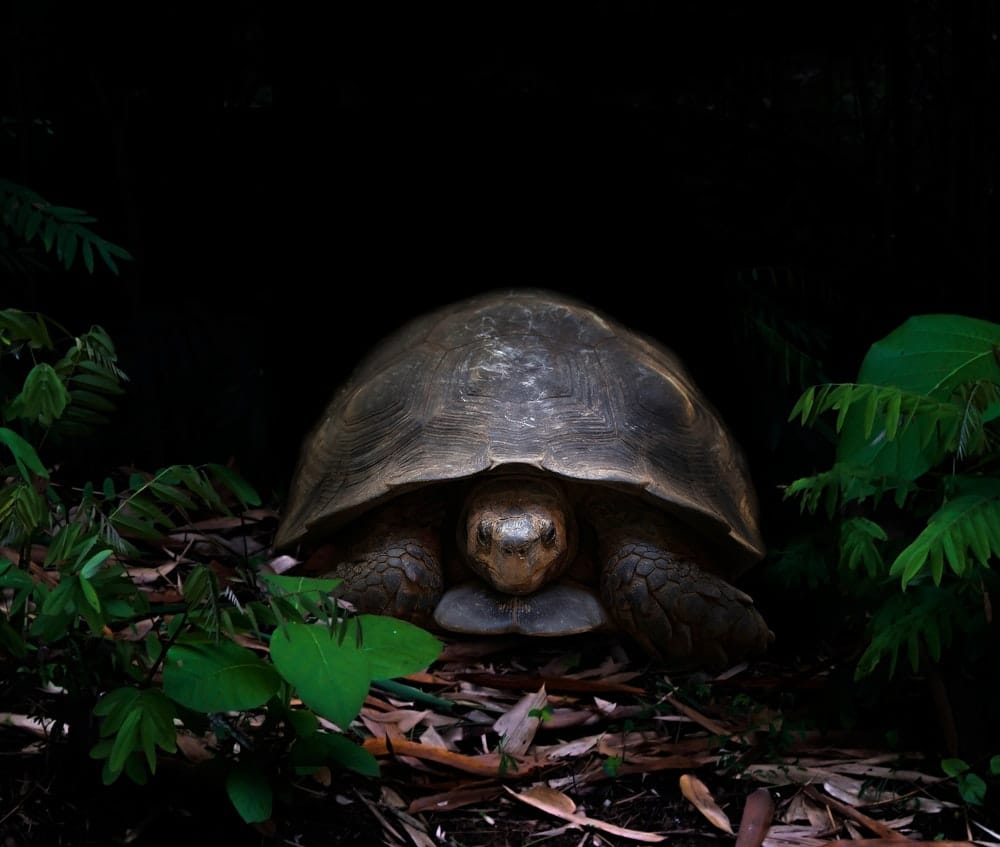From the Sahara Desert to the Galapagos Islands, tortoises have evolved to inhabit a broad range of environments. As a result, different species have different needs regarding substrates, or the material making up the bottom of their enclosure. If you’re planning to keep a tortoise as a pet, ensuring you provide the right substrate is crucial to their well-being.
In this post, we will discuss soil mixtures that are ideal for a tortoise’s outdoor habitat. We’ll also offer tips to keep your pet tortoise healthy and happy in their new environment.
A lire également : What Are the Best Calming Strategies for a Cat During Fireworks?
Choosing the Right Species of Tortoise
Before we delve into the specifics of substrates, it’s vital to understand that not all tortoises are the same. Different species have different needs when it comes to their habitat.
For example, Mediterranean tortoises, like Hermann’s and Marginated tortoises, prefer a dry substrate. By contrast, Red-footed and Yellow-footed tortoises, native to South America, prefer a more humid environment.
A lire en complément : What’s the Most Effective Way to Teach a Siamese Cat to Retrieve Objects?
Therefore, the first step to create the perfect outdoor habitat for your tortoise is to research the species of your future pet. Knowing your tortoise’s natural habitat will help you replicate it as closely as possible.
The Importance of Soil in a Tortoise’s Enclosure
Soil forms the base of a tortoise’s enclosure and plays a significant role in their health and comfort.
In the wild, different species use soil for various purposes. Some tortoises dig burrows in the ground to protect themselves from heat, cold, and predators. Others lay their eggs in the soil.
Therefore, it’s essential to provide a substrate that is safe for digging and burrowing. Avoid using materials like gravel or wood chips, which can injure your tortoise. Instead, opt for a soil mixture that keeps its form when damp – your tortoise will thank you.
Ideal Soil Mixtures for Different Species
Now, let’s discuss the ideal soil mixtures for different species of tortoises.
For Mediterranean tortoises, a mixture of topsoil and sand replicates their natural, dry environment. You can also add a bit of limestone chippings to the mix to provide your tortoise with essential calcium.
On the other hand, for tropical tortoises like the Red-footed or Yellow-footed, a blend of topsoil, moss, and coconut coir creates a more humid environment.
If you’re unsure about the ideal soil mixture for your tortoise, consult with an exotic animal vet or a local pet store. They can provide expert advice tailored to your tortoise’s needs.
Adding Plants and Water Features
In addition to the right soil mixture, your tortoise’s enclosure should also include plants and water features. These elements contribute to the overall environment and can significantly impact your tortoise’s health.
Firstly, plants provide natural food and shade for your tortoise. They also contribute to the humidity of the enclosure. However, ensure the plants you choose are safe for your tortoise to eat. Some plants, like azaleas and rhododendrons, can be toxic to tortoises.
Similarly, a water feature such as a shallow dish or pond allows your tortoise to hydrate and cool down. However, the water must be shallow enough to prevent your tortoise from drowning.
Maintaining Heat and Humidity Levels
Keeping the right heat and humidity levels in your tortoise’s outdoor habitat is paramount.
For Mediterranean tortoises, the enclosure should be sunny, but provide areas of shade for your pet to escape the heat. A heat lamp can also be useful during colder months.
Tropical tortoises require a more humid environment, which can be achieved by misting the enclosure with water regularly. A heat lamp, again, can be beneficial in colder climates.
Your tortoise’s habitat is more than just a home – it’s a simulation of their natural environment. From soil mixtures to plants, water, and heat, every element requires careful consideration. And though it might seem daunting, the reward of seeing your tortoise flourishing in a habitat well-tailored to their needs will be well worth the effort.
Ensuring Proper Lighting and UVB Exposure
Lighting in your tortoise’s outdoor enclosure plays a significant role in their overall well-being. Just like us humans, tortoises also need sunlight to thrive. Exposure to sunlight allows them to produce vitamin D3, which is crucial for the absorption of calcium. Without adequate sunlight, your tortoise may develop health issues like metabolic bone disease.
If you live in a region where sunlight is minimal or inconsistent, it may be necessary to provide artificial UVB lighting. This lighting helps replicate the sun’s rays in your tortoise’s outdoor habitat. Using a UVB lamp in your enclosure is a great way to ensure that your tortoise gets the needed exposure, even on cloudy days or during winter months. For best results, place the lamp where your tortoise can bask, but also ensure there are shady spots for them to retreat when necessary.
For species like the sulcata tortoise that are used to intense sun exposure in their natural environments, UVB lighting is particularly important. Be sure to include this in your care sheet when planning and setting up your outdoor tortoise table.
Incorporating rocks or flat wood chips in the enclosure can also create ideal basking spots. These surfaces absorb and retain heat, creating warm areas for your tortoise to relax.
Considering the Tortoise’s Size and Growth Rate
The size and growth rate of your tortoise also play a role in determining the ideal outdoor enclosure. Tortoises, especially species like the sulcata tortoises, are known for their rapid growth rate and can reach considerable sizes.
Accommodating this growth means that the tortoise enclosure must provide enough space for movement and exploration. It is recommended to account not only for the current size of your tortoise but also for their potential full-grown size. This foresight ensures that you won’t need to frequently reconstruct or expand the enclosure as your pet grows.
The depth of the substrate is also crucial. The substrate should be deep enough for your tortoise to burrow comfortably. For example, Russian tortoises are known for their burrowing behavior, and they will appreciate substrates like coconut coir, peat moss, or sphagnum moss that allow them to create deep tunnels.
Remember, a cosy and comfortable tortoise table offers the right depth of substrate, enough room for movement, and appropriate UVB lighting.
Conclusion
Creating an ideal outdoor habitat for your tortoise requires careful consideration and planning. However, the reward of seeing your tortoise thrive in an environment tailored to their needs is well worth the effort. The right substrate, heat, and humidity levels, lighting, water dish, and space can all contribute to a happy and healthy tortoise.
Keep in mind that each tortoise species has its specific needs. Therefore, it’s crucial to research and understand the natural habitats of your tortoise species. This knowledge will guide you to simulate those conditions as closely as possible in your outdoor enclosure.
Whether you’re using top soil, coconut coir, coconut husk, sphagnum moss, or peat moss, remember that the substrate forms the foundation of your tortoise’s home. Avoid harmful materials like gravel or sharp wood chips, and strive to provide a substrate that allows for burrowing and retains moisture where necessary.
Lastly, don’t forget that your tortoise’s habitat is more than just a home. It’s a simulation of their natural environment. With the right care and attention, your backyard can become a perfect haven for your shelled friend.






